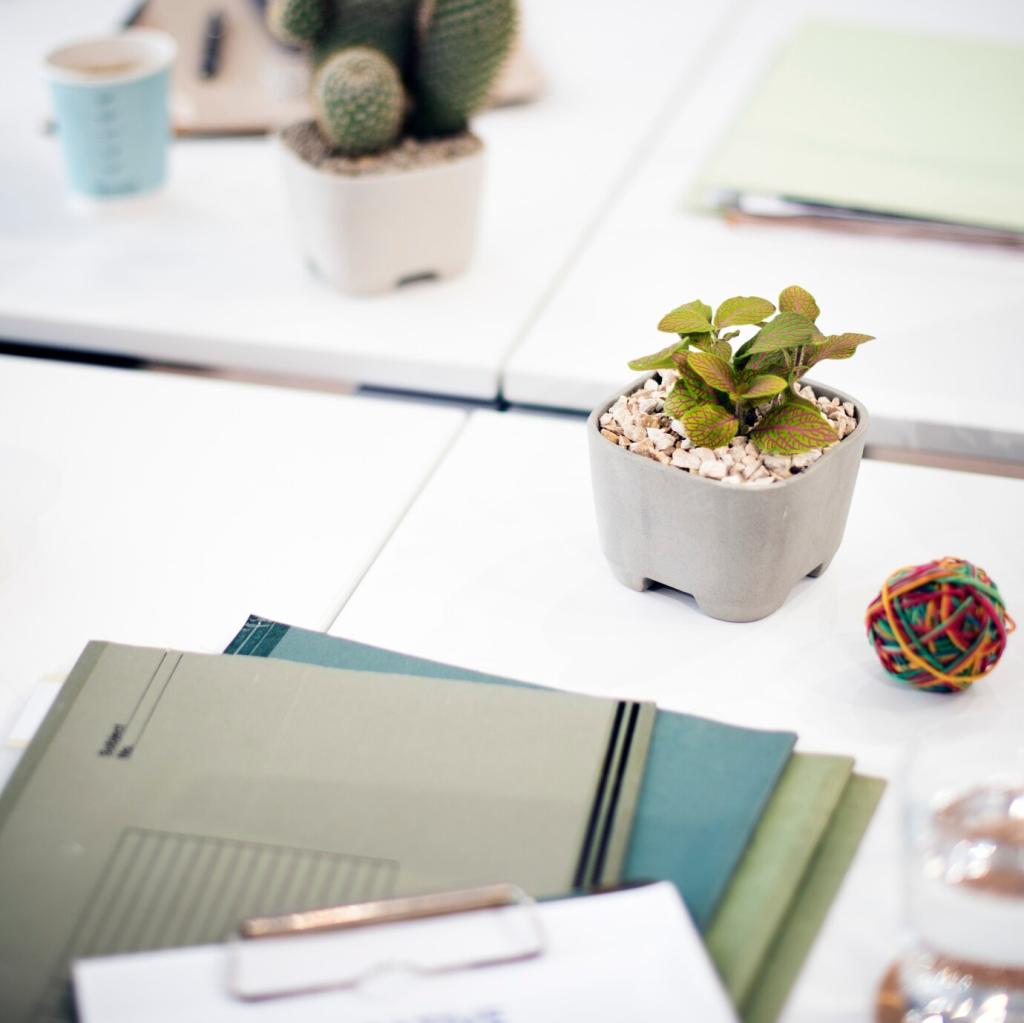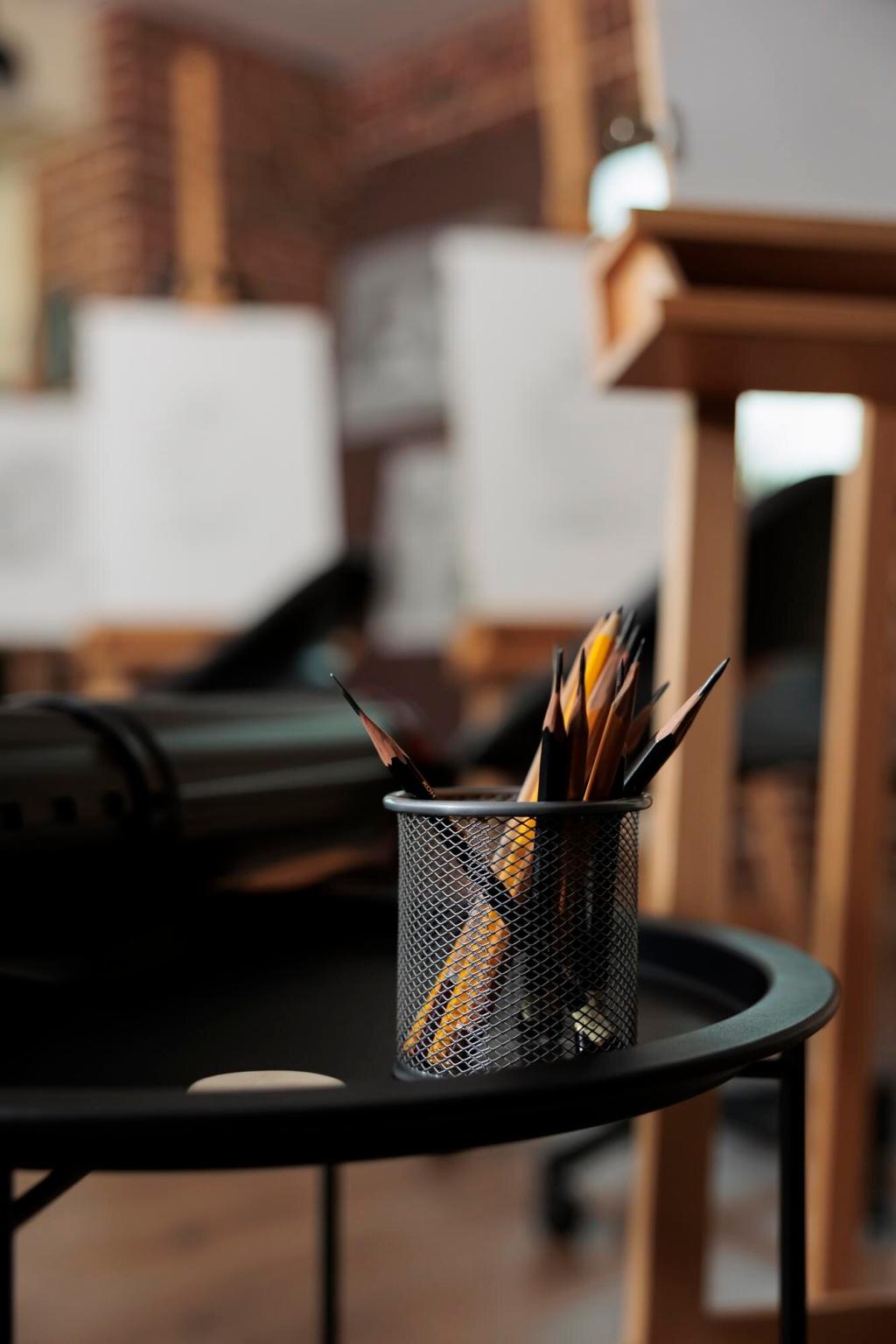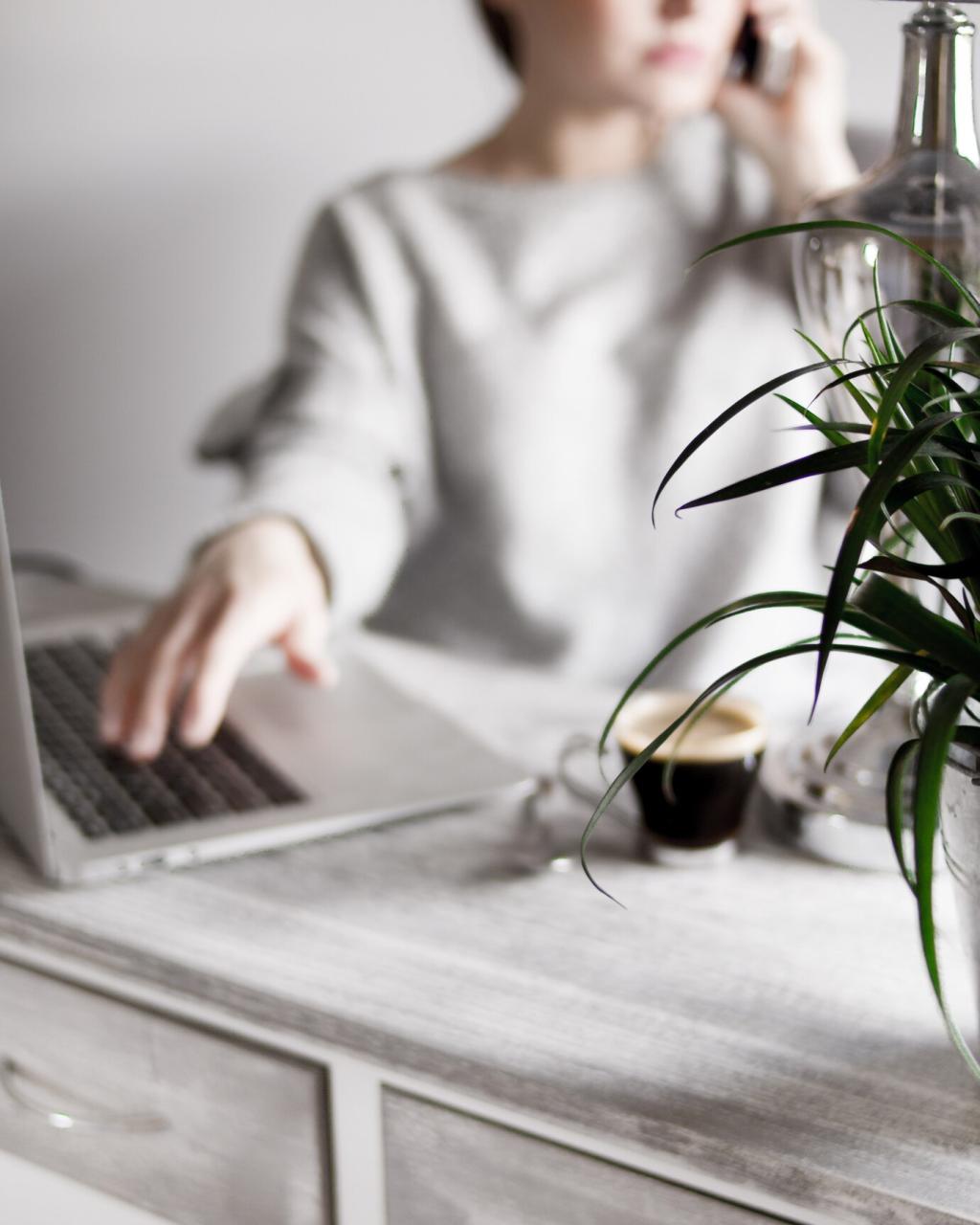
Ergonomic Trends in Home Office Design
Chosen theme: Ergonomic Trends in Home Office Design. Discover smart, human-centered ideas for building a healthier, more focused, and genuinely comfortable workspace that supports your body, boosts creativity, and sustains performance. Share your setup and subscribe for weekly ergonomic inspiration.
The New Ergonomic Playbook for Remote Work
Neutral posture isn’t a rigid pose; it is a balanced alignment that changes throughout the day. Aim for relaxed shoulders, elbows near ninety degrees, and a gently supported lower back. Keep screens at eye level and wrists floating, not pressing.
The New Ergonomic Playbook for Remote Work
Today’s best setups encourage movement. Alternate sitting and standing, shift your weight, and adjust armrests as tasks change. Small, frequent changes keep tissues nourished, reduce fatigue, and help your brain stay alert without relying on more caffeine.

Adaptive Furniture: Desks, Chairs, and Smart Adjustability
Sit-Stand Desks with Memory Presets
Height-adjustable desks now include whisper-quiet motors, safety sensors, and memory presets for multiple users. Save positions for writing, video calls, and sketching. Pair your presets with stretch prompts and share your favorite desk height in our poll.
Chairs That Move With You
Modern task chairs blend lumbar support with flexible backrests and synchronized tilt, encouraging subtle movement. Look for adjustable seat depth and breathable fabrics. If your hips feel compressed after long sessions, experiment with seat angle and cushioning thickness.
Small-Space Solutions That Still Support You
Wall-mounted folding desks and compact task chairs enable ergonomic setups in tiny apartments. One reader mounted a lightweight monitor arm to a stud and reclaimed an entire tabletop. Tell us how you’ve tamed tight corners without sacrificing posture.
Screens and Vision Health: Clarity Without Strain

Place the top of your monitor at or slightly below eye level, about an arm’s length away. If you wear bifocals, lower the screen a bit more. Adjust font scaling instead of hunching, and align the screen directly ahead to avoid twisting.



Lighting, Sound, and Sensory Comfort
Combine ambient lighting with a focused task lamp to reduce eye strain. Aim light from the side, not straight ahead. Warmer tones help late evenings, while neutral whites keep midday work crisp. Post your lamp placements for feedback from our community.


This is the heading
Lorem ipsum dolor sit amet, consectetur adipiscing elit. Ut elit tellus, luctus nec ullamcorper mattis, pulvinar dapibus leo.

This is the heading
Lorem ipsum dolor sit amet, consectetur adipiscing elit. Ut elit tellus, luctus nec ullamcorper mattis, pulvinar dapibus leo.
Join our mailing list
